The RTX 3000 series cards are here, with NVIDIA boasting significant performance gains over the previous generation. With the RTX 3080 now launched, we can find out how large those gains are in photogrammetry applications like Metashape.
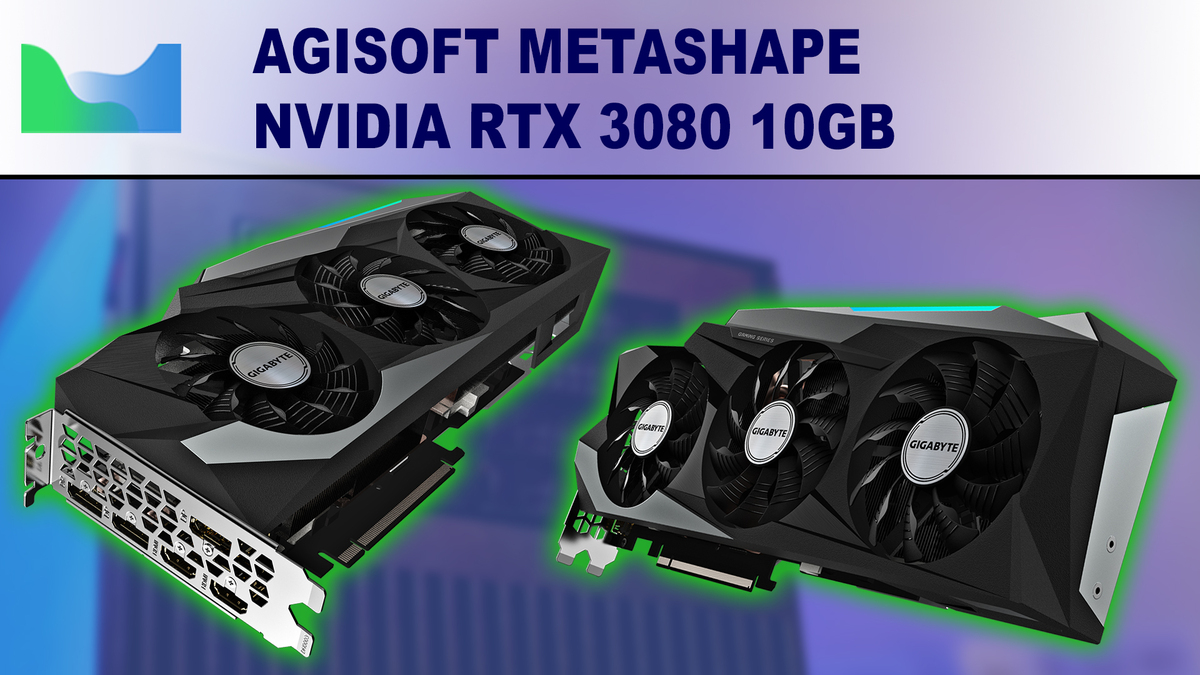

The RTX 3000 series cards are here, with NVIDIA boasting significant performance gains over the previous generation. With the RTX 3080 now launched, we can find out how large those gains are in photogrammetry applications like Metashape.
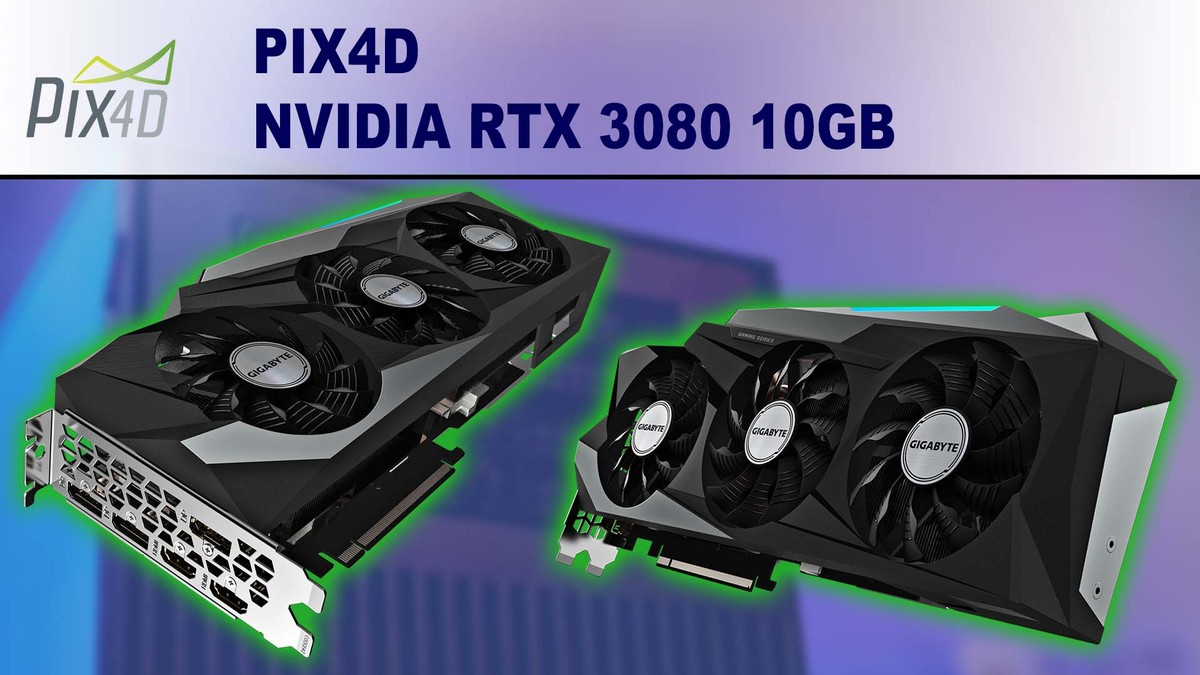
The RTX 3000 series cards are here, with NVIDIA boasting significant performance gains over the previous generation. With the RTX 3080 now launched, we can find out how large those gains are in photogrammetry applications like Pix4D.
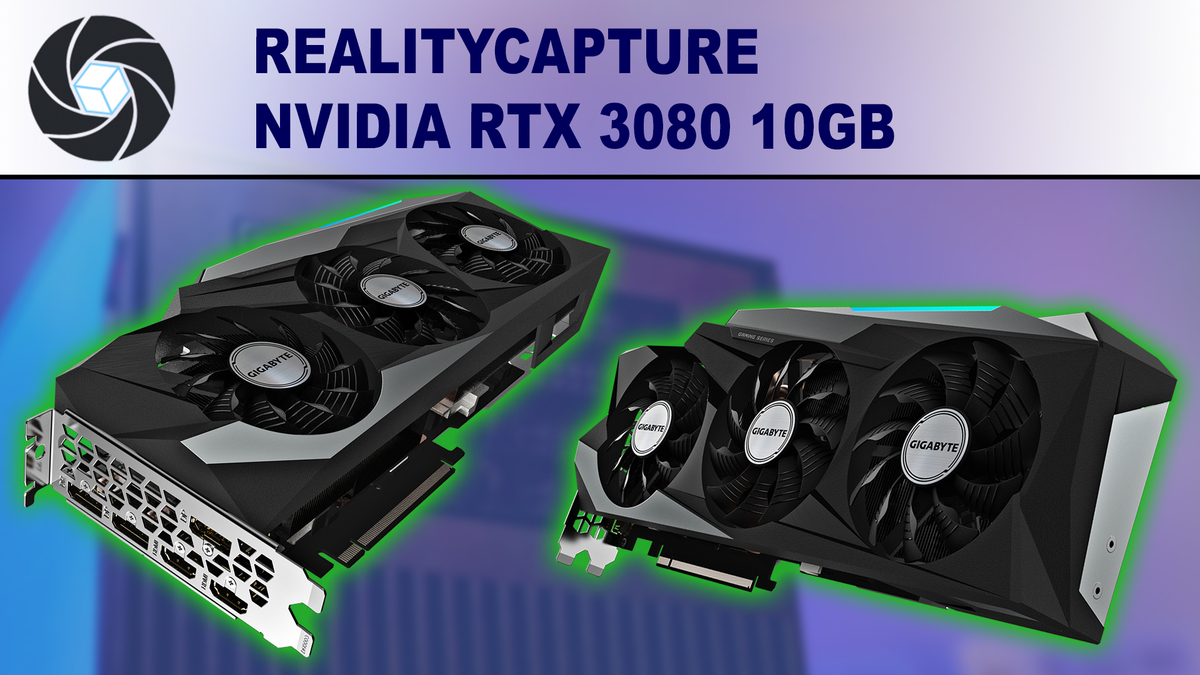
The RTX 3000 series cards are here, with NVIDIA boasting significant performance gains over the previous generation. With the RTX 3080 now launched, we can find out how large those gains are in photogrammetry applications like RealityCapture.

DaVinci Resolve has long been known for how well it utilizes the power of your GPU, but will it benefit from the raw power of the new NVIDIA GeForce RTX 3080?
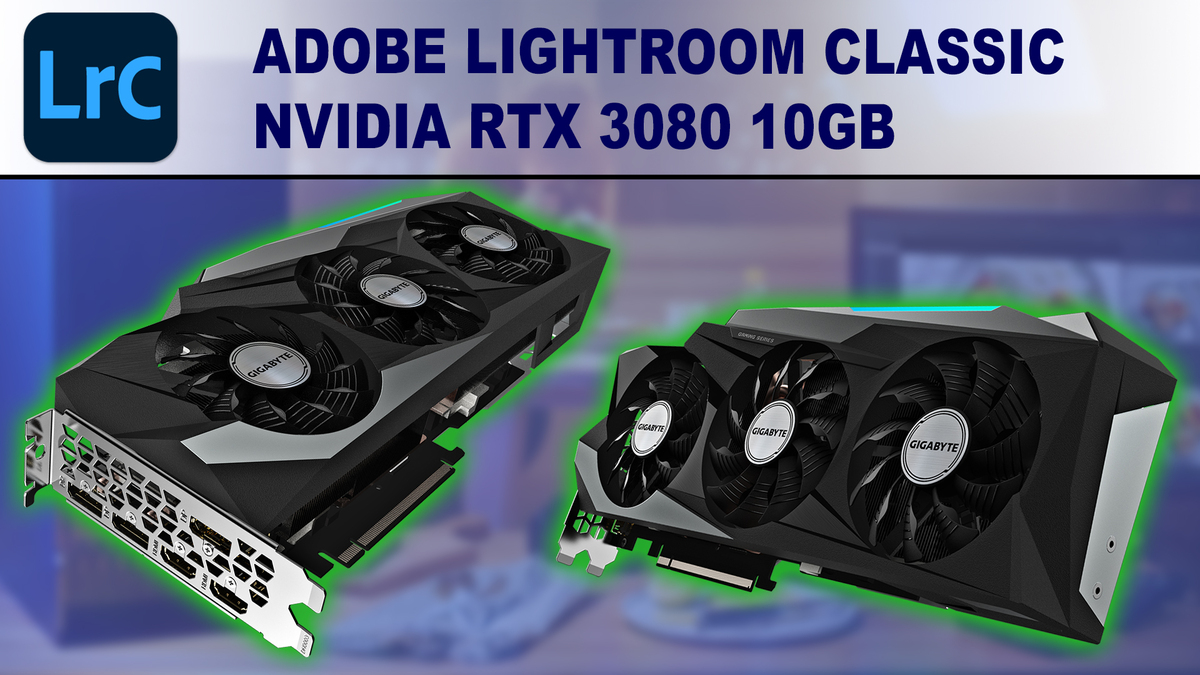
While applications like Lightroom Classic utilize the GPU to accelerate a number of tasks, investing in a high-end GPU generally doesn’t net you much performance gain. With NVIDIA’s new RTX 30 series cards, will this continue to hold true, or is there a reason to invest in one of these new GPUs?
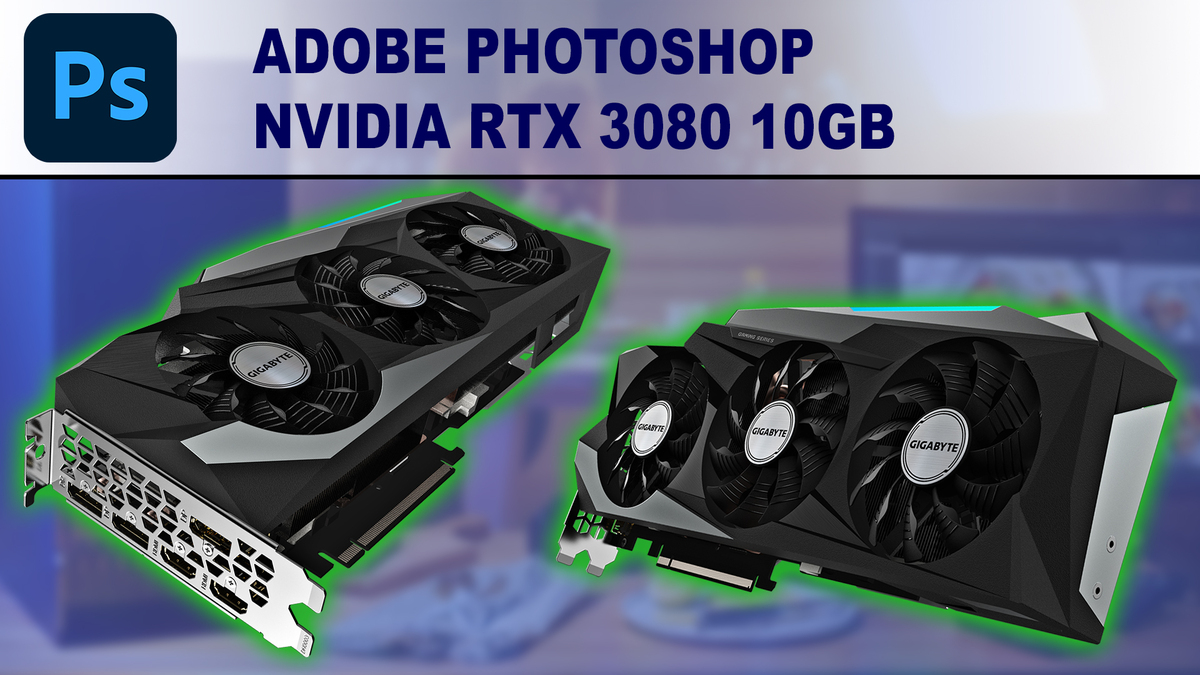
The RTX 3000 series cards are here, with NVIDIA boasting significant performance gains over the previous generation. While Photoshop does boast a number of effects that utilize the GPU, these effects tend to perform roughly the same independent of what GPU you use. Does this mean the new video cards are not useful for Photoshop, or will they surprise us with higher performance?
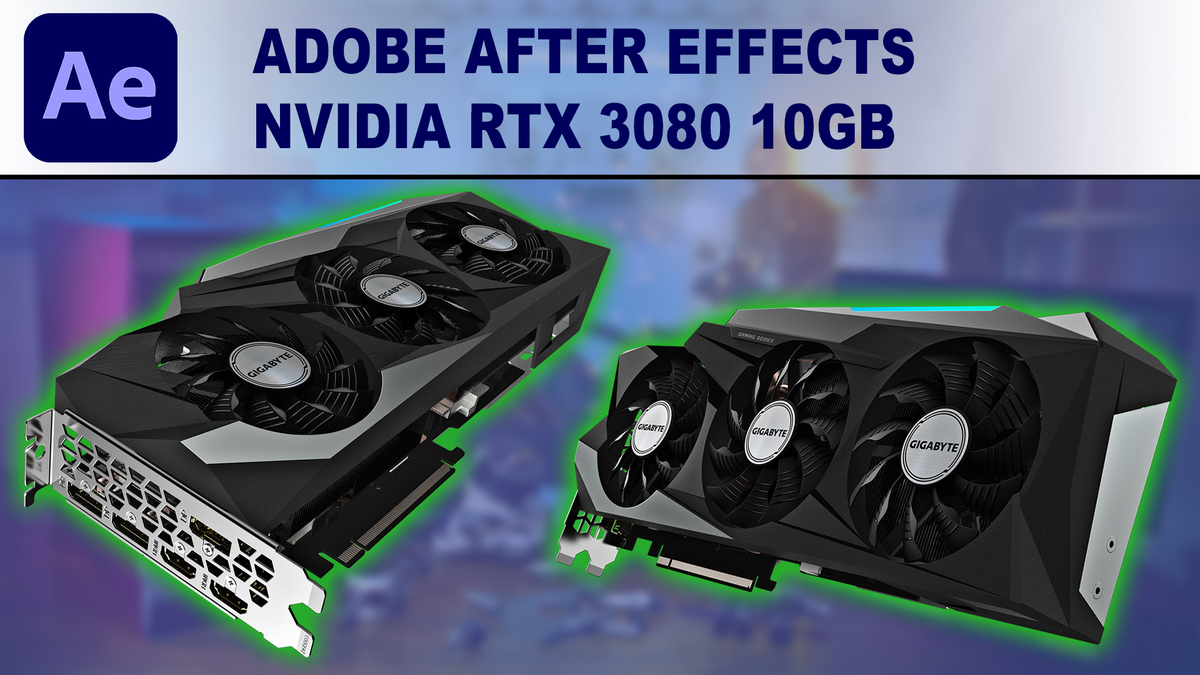
After Effects is primarily limited by the performance of your CPU, but recent improvements by Adobe has made the GPU increasingly important. With NVIDIA’s new RTX 3000 series cards bringing significantly higher raw performance to the table, will this translate into improved performance in After Effects?
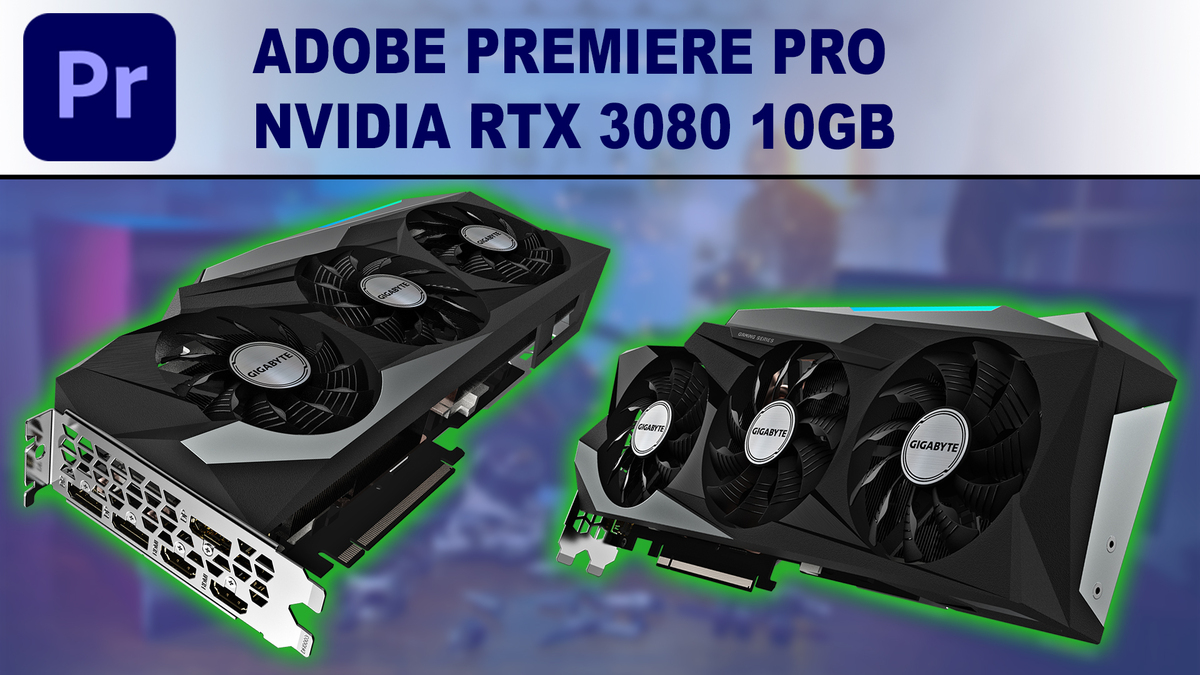
Adobe has been focusing fairly heavily on GPU performance in the latest versions of Premiere Pro, adding more GPU accelerated effects as well as GPU-based hardware encoding. NVIDIA’s new RTX 30-series cards are touted as having significant performance advantages over previous generations, but will this make any difference for the typical Premiere Pro user?
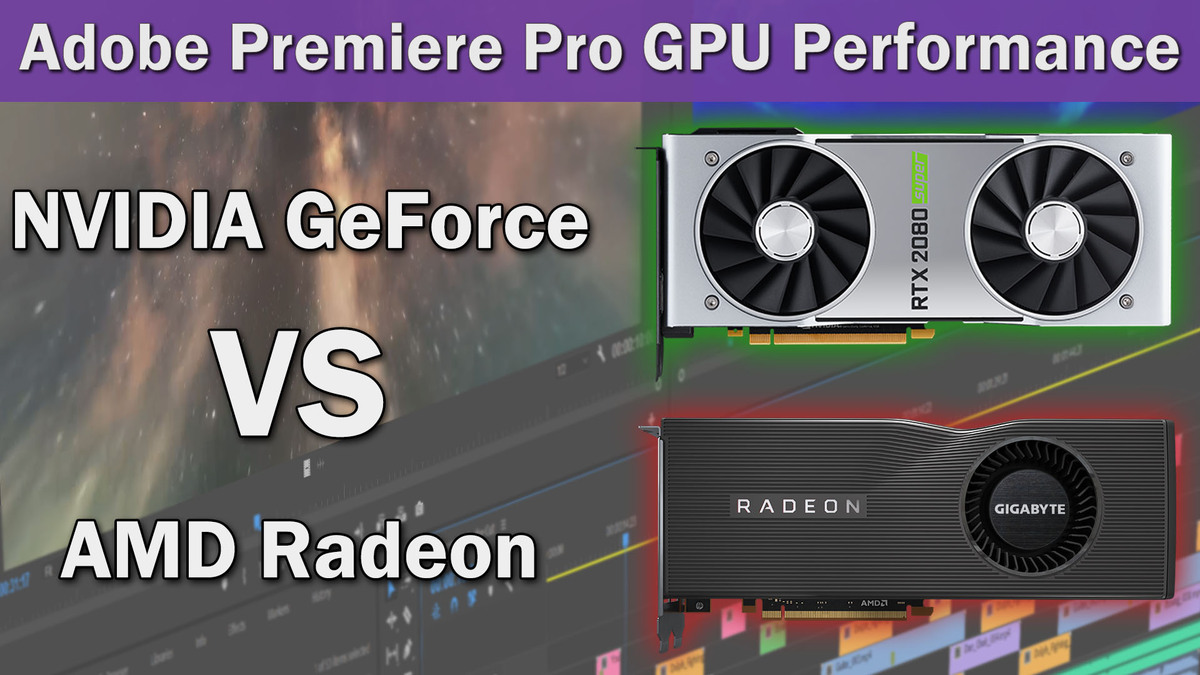
Depending on the number of GPU-accelerated effects you use, a higher-end GPU can give you a nice performance boost in Premiere Pro. But is it better to go with an NVIDIA GeForce RTX video card, or one of AMD’s Radeon GPUs?

One of the big advantages of GPU-based rendering is that you can easily put multiple video cards inside a single workstation. How much benefit does each additional card provide for V-Ray Next, though? We put four GeForce RTX 2080 Ti video cards to the test to find out!